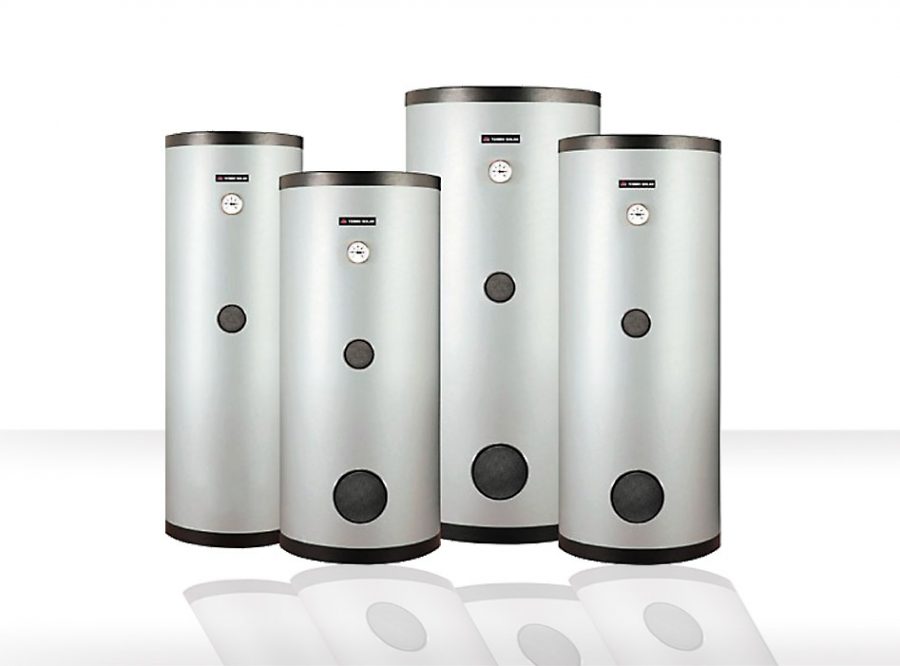The realities of life in a city apartment are disappointing - despite the progress, the supply of hot water is not always stable. And the quality of the coolant itself sometimes leaves much to be desired. For this reason, the most practical people have long been using storage water heaters - boilers. This electrical appliance is becoming an integral part of modern society, and its correct choice largely determines the long trouble-free operation.

Of course, the main parameters that you should focus on are the technical characteristics of the device, its performance, power, and the presence of additional functions. However, in addition to these data, it is necessary to take into account the nuances inherent in this type of equipment - the material of the inner coating of the tank. It is believed that this is also a rather important issue, which is not recommended to be ignored.
Content
What coatings are
Boilers are currently produced with two types of coatings: from enameled glass-porcelain, or from steel with stainless properties. Water heaters with enamel tanks are several steps lower in the price range than prototypes with a metal coating. Does this mean that is more expensive - is it better? Which model to prefer?
Let's try to understand this difficult question.
Which material is better?
A significant difference in coating materials suggests the manufacturer. If glass-porcelain-coated tanks are usually provided with a guarantee of no more than 1 year, then for water heaters with a stainless steel tank, the warranty period guaranteed by the manufacturer is 5 years or more.
Indeed, enamel tends to break down under numerous temperature changes. Many developers apply various additional anti-corrosion layers on the inner surface of enameled tanks of manufactured water heaters, however, this cannot completely protect the ceramics from aging. Severe working conditions, complicated by the low quality of the supplied water, inevitably leads to the appearance of microcracks in the enamel.
For this reason, if the budget allows, it is best to stay on a device having a water tank made of stainless steel.
Glass porcelain boilers: some good tips
But not everyone has the opportunity to purchase expensive models of water heaters. Do not be upset. With the right approach, trouble-free operation is possible for decades. There are some tips to help extend the life of relatively inexpensive boilers.
- Choose models with a magnesium anode. This greatly reduces the activity of oxidative processes that destroy the tank. Periodically replace the magnesium anode.
- Use coarse filters at the water inlet. Sand grains or other large particles that get inside the tank, when heated, can damage the surface.
- Do not overheat the tank. A temperature of 50-60 ° C in most cases is sufficient for domestic needs. At the same time, working at this temperature, the water heater will last much longer.
- Clean the boiler at least 2 times a year. This burdensome, at first glance, procedure is actually very useful. It consists in removing plaque from the bottom and walls of the inner tank, cleaning the heater from scale, checking for deterioration of the magnesium anode and replacing it if necessary.
Brief conclusion
Water heaters, the inner tank of which is made of stainless steel, last longer.However, in the absence of financial ability, a choice of glass-ceramic boilers is also possible - strict adherence to the operating instructions and application of the rules for use will ensure no less service life.